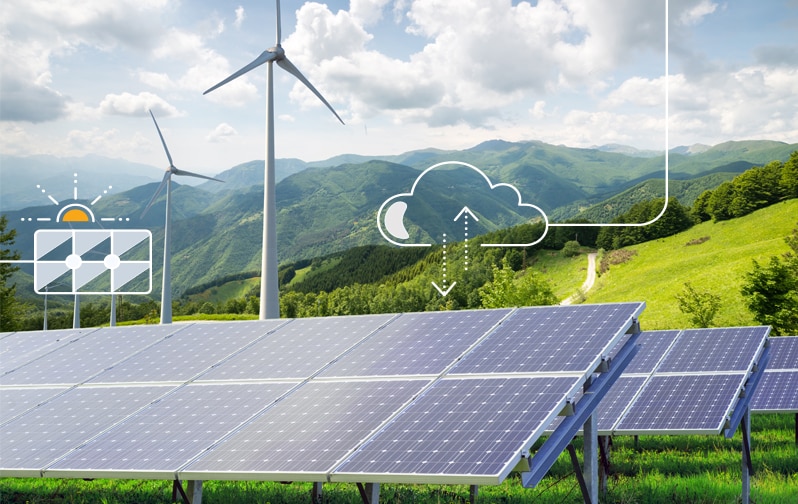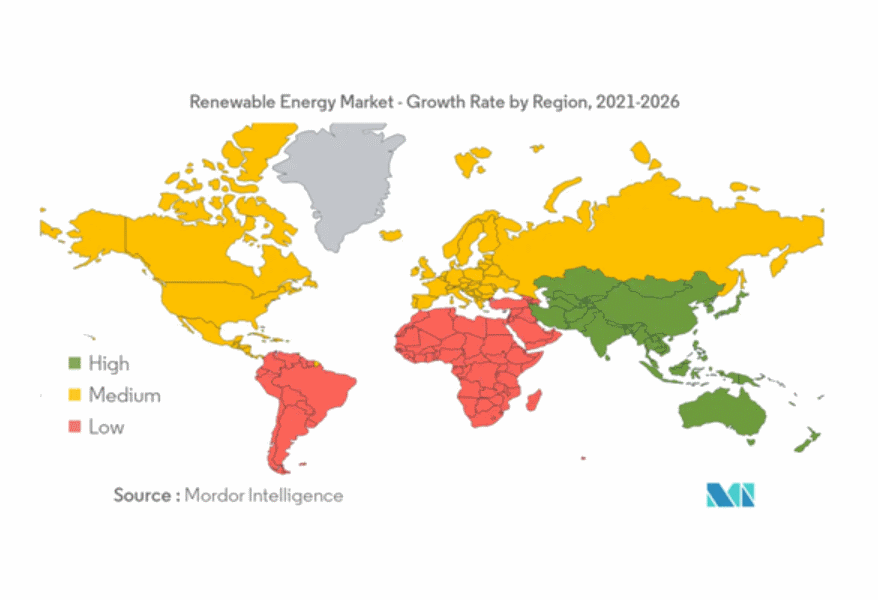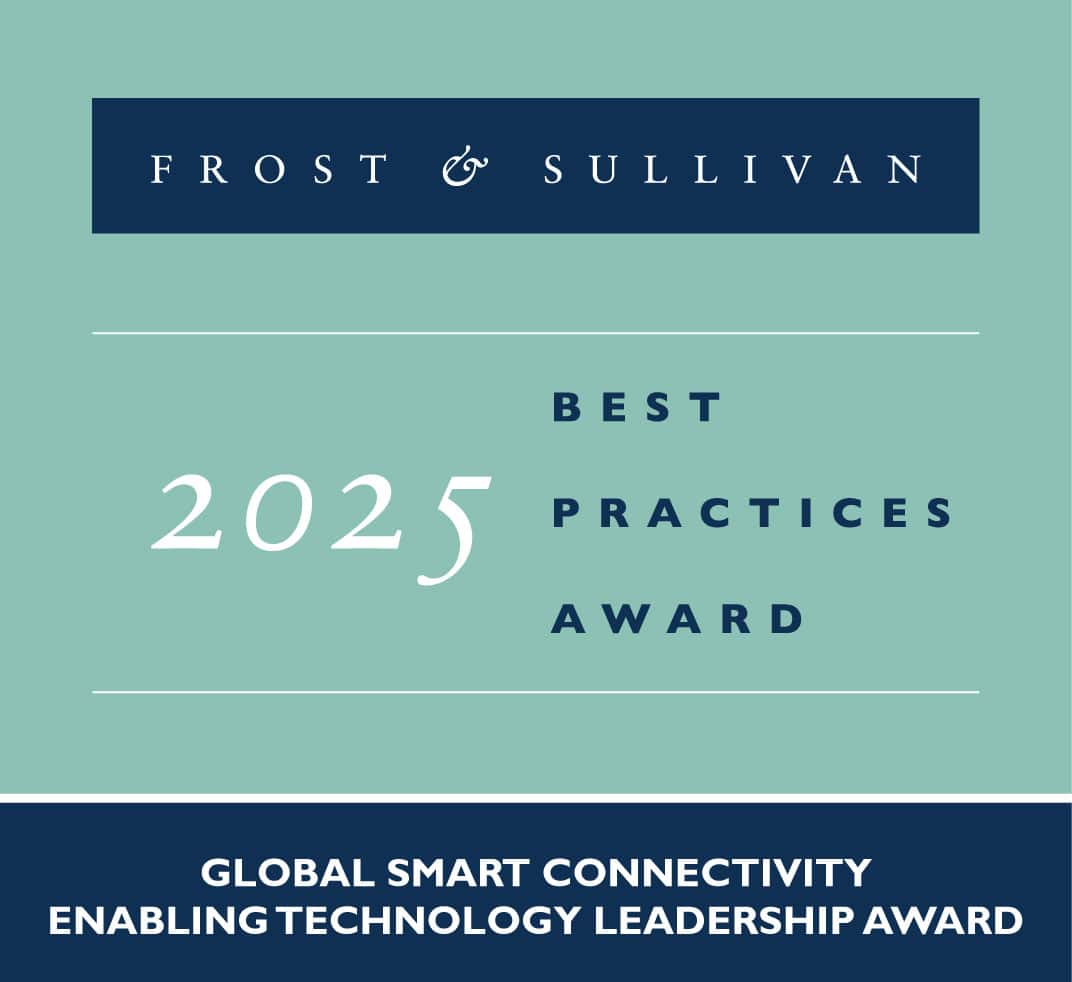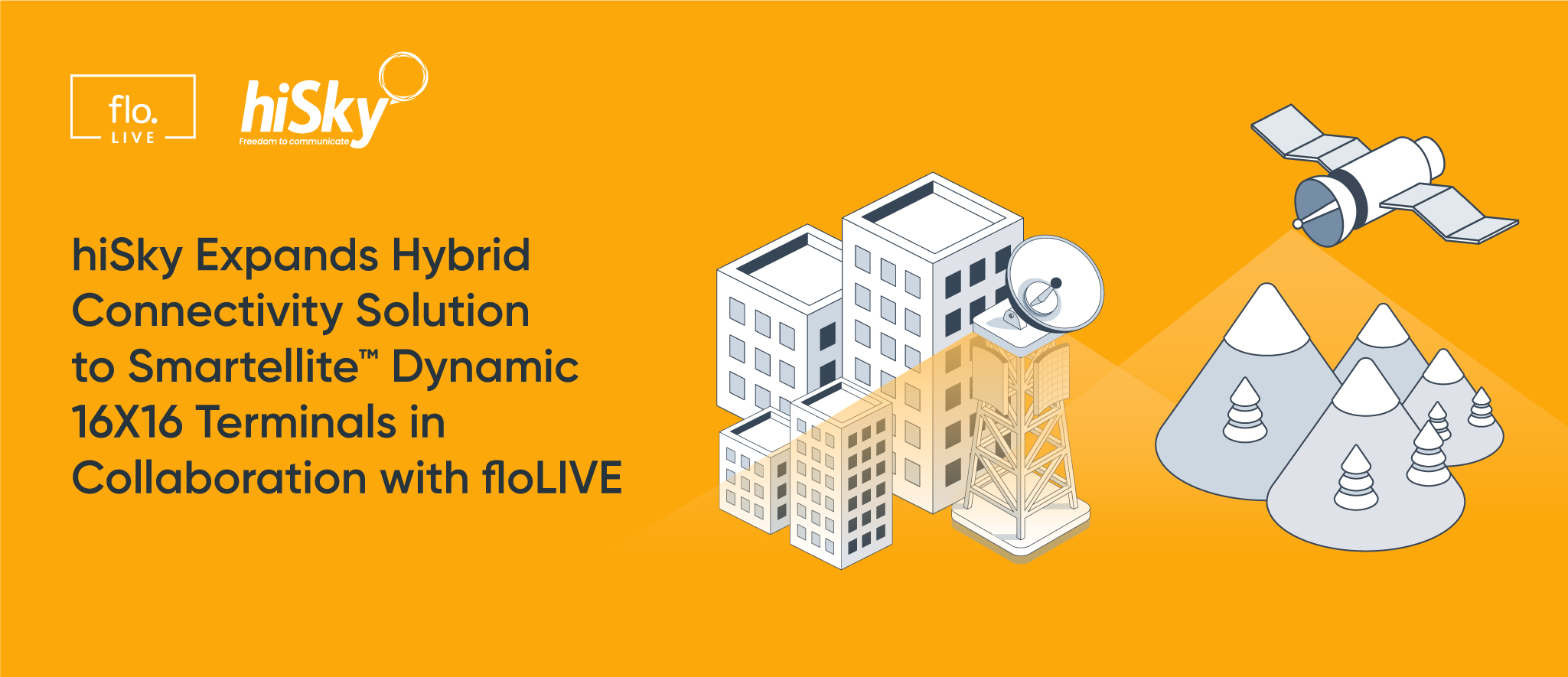Page Contents
Building Solar Energy Monitoring Systems Using IoT

Page Contents
The global Energy market is going through substantial change, with renewable energy at an all-time high, and growing fast. While Asia-Pacific continues to dominate, interest in solar energy is growing all over the world.
According to Mordor Research, “the renewable energy installed capacity reached 2713.60 GW in 2019, and it is anticipated to reach approximately 4391.18 GW by 2026, at a CAGR of 7.13% during 2021-2026.” Below you can see how renewable energy is being adopted globally, proving that worldwide, solar power and sustainable energy solutions are a seriously hot topic. (No pun intended.) To understand more about how IoT is facilitating this growth, keep reading!

Solar Energy IoT and Smart Home Monitoring Systems
Integrating solar energy into smart homes is becoming more popular as solar panels continue to reduce in cost, but this can only happen if there are solar energy monitoring systems in place – and that’s where IoT comes in.
IoT can allow consumers and businesses to monitor the use of solar energy on a much more granular level, giving a better understanding over which appliances and services are the most energy efficient, how much power is being used, as well as insight into when and how.
For enterprises looking to facilitate and maintain solar panels and renewable energy, IoT can allow for remote maintenance, and even predictive analysis that drives down costs even further. Deep visibility can allow companies to decrease the stress on their equipment, better balancing energy loads, and alerting ahead of time to issues such as overheating.
Large-scale Solar Operations Need Remote Monitoring to Suit
While residential application is a large part of the drive to renewable energy, many energy companies are looking into increasing their solar farms, and managing power consumption and renewable energy on a much larger scale. Solar power production for energy companies can be improved exponentially with the help of IoT monitoring. As sensors become more affordable, and connectivity solutions evolve, enterprises could see huge benefits from IoT, without much risk to speak of. Here are four examples:
Maintenance: Traditionally, workers on a solar farm would need to locate and check every panel regularly to ensure that they are working as expected. These inspections can become a thing of the past when all your solar panels are connected to a centralized data source. In fact, when there’s a problem, your asset management system can let you know with a simple alert, freeing up your staff for higher value tasks. With predictive intelligence, you’re less likely to suffer as a result of outages or power issues.
Performance: By amalgamating the data that comes from your panels, grid managers will be able to spot anomalies such as solar panels or units that are under-performing, and even the reasons why, such as temperature, dust, or extreme weather conditions. Managers can then make smart changes, such as moving units, increasing the volume of cleaning, or making changes in insulation or alignment.
Security: Especially when solar panels and solar farms are in rural areas (often the case when it comes to renewable energy sources), it’s essential to have a monitoring system to keep them secure from physical theft, or even vandalism. With IoT sensors, you can establish rules for theft-related alerts, such as movement around the panels, or if a panel has been removed from the outer structure of the grid.
Forecasting: With business intelligence tools integrated into your IoT monitoring system, analytics can help you see true business growth at a much faster rate. For example, anticipate how much energy will be needed on a specific day, streamlining how much energy you use and conserve, respectively. This can improve the balance of supply and demand in the smart grid itself, saving serious zeroes off your bottom line.
When it Comes to Solar Energy… Not all IoT Technologies Are Created Equal
IoT monitoring systems have a few key needs, but top of the list is connectivity. However, this is not just any connectivity. As solar panels are often in rural areas, and sensors can often be manufactured in one location and sent to another where the energy grid is based, availability is a key issue to address first and foremost. There could be many thousands of panels or units on a large-scale solar farm, so price is also an important point to consider. One of the main contributors to cost is battery life, as the battery is often more expensive to replace than it would be to deploy new devices and sensors altogether.
LPWAN solutions and cellular IoT connectivity are a great fit for IoT monitoring in the Energy sector, with the packet size and data rates to meet these unique needs. floLIVE offers a one-of-a-kind solution in the form of software-defined connectivity, providing global connectivity through globally distributed core networks deployed in different regions. Each of these hosts a local IMSI, and they are centrally managed over the cloud. This unique approach has formed the world’s largest IMSI Library. In practice, this means that sensors can be manufactured anywhere, and IoT devices simply connect locally when they are turned on. This not only eliminates data privacy and security issues, but it also reduces the amount of time the IoT device has to be awake each time it transmits information, extending the lifespan of its battery overall.
Solar Power is the Future – and IoT Technology is Making That Happen
“The IEA expects solar energy to play the biggest role in jumpstarting fresh growth in global renewable energy because falling costs are already below retail electricity prices in most countries. The cost of solar power is expected to decline by a further 15% to 35% by 2024, spurring further growth over the second half of the decade.”
The world is ready for solar energy, but without an IoT solution in place for remote monitoring, the benefits are going to be limited for today’s enterprises.
Ready to discuss your roadmap for sustainable energy augmented by IoT technology? Let’s talk.

Join Our Newsletter
Get the latest tips and insights in our monthly newsletter.








